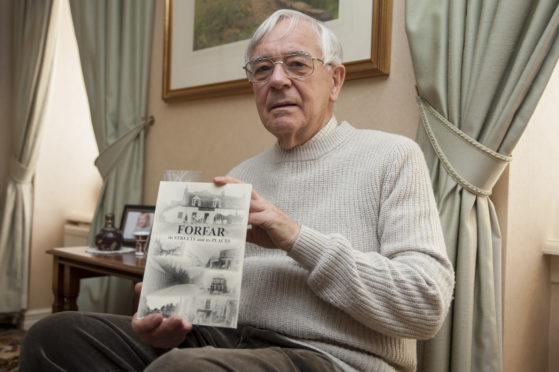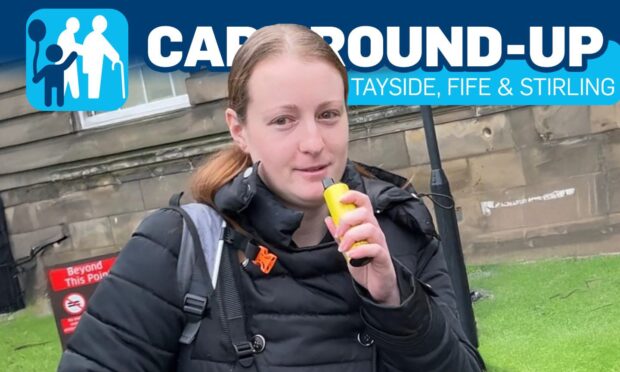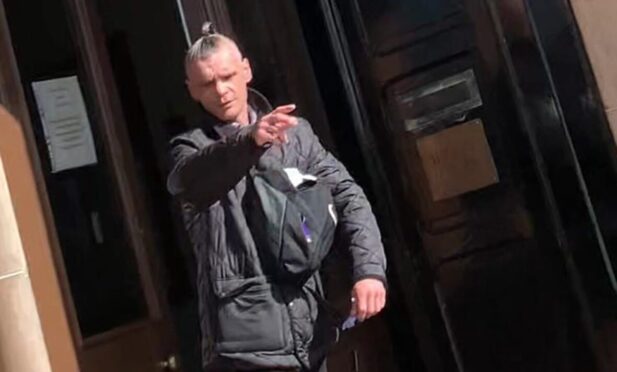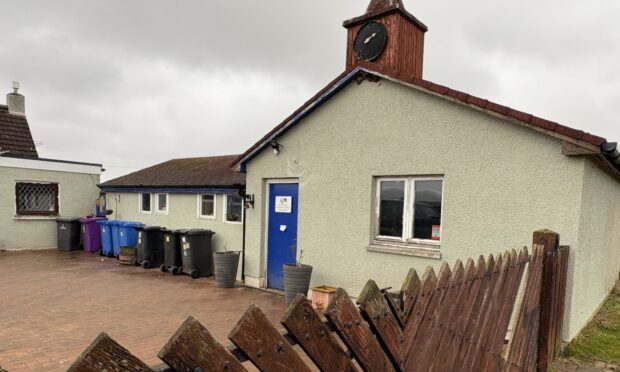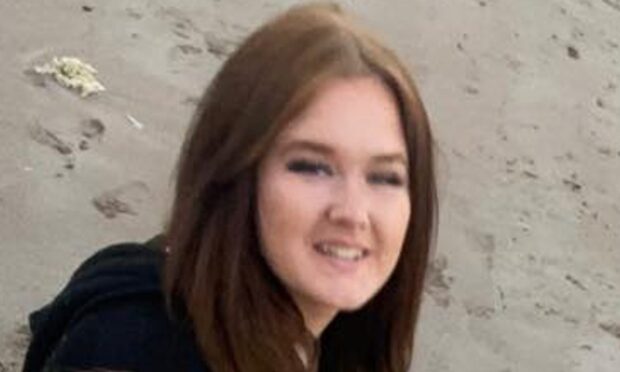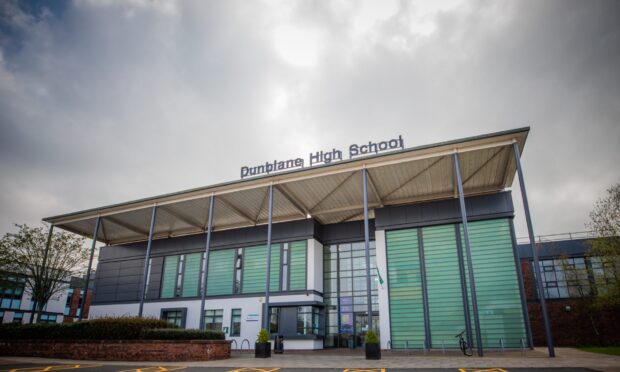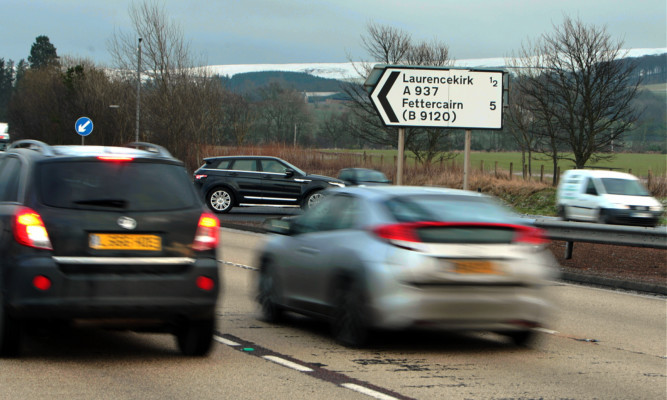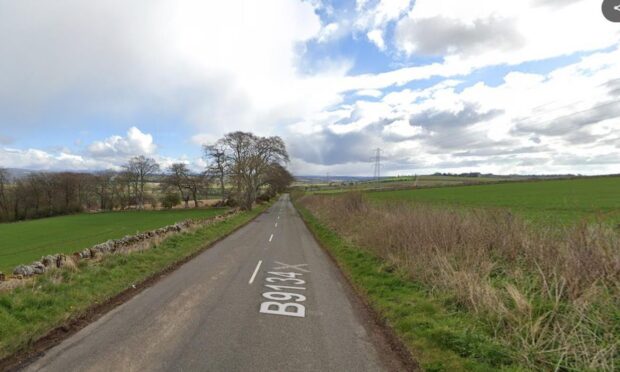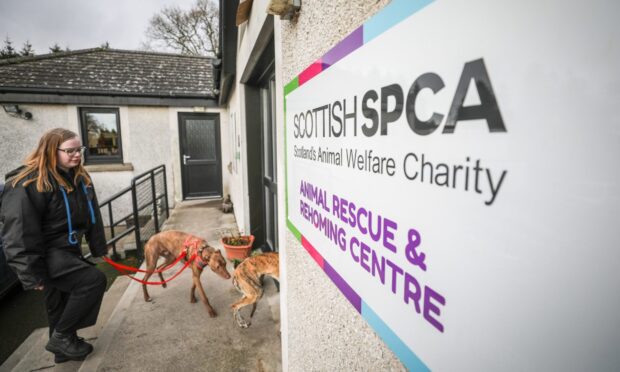An Angus historian has taken a trip down memory lane to produce a second book exploring Forfar in years gone by.
In Forfar – Its Streets and Places, Alex Whyte has moved away from street names and their derivations to reveal the history behind the town’s buildings, their uses and their occupants.
It follows on from some of the information contained in Forfar & District Historical Society’s 2001 publication Looking Down on Forfar.
In his introduction, he acknowledges the ever-changing nature of the town and explains how the streetscape may have changed in the time it took him to publish the latest volume.
Mr Whyte has trawled the archives for his research, drawing on information from valuation rolls for Forfar, Forfar Directories and local newspapers.
“Much else of the information is from hearsay, gossip, people’s memory and opinion,” he says.
The book is not intended to be a Forfar directory but rather an account of what has gone before and how the buildings, places and spaces have impacted on the town and its inhabitants.
It covers an array of properties and features in the town, including banks and burns, churches and cinemas, factories and private and public buildings.
The Pavilion Cinema in Queen Street, known as the Gaff, or the Gaffie, by generations of townsfolk, started out as a tent, Mr Whyte explains. In its heyday, people queued six and eight wide under a wriggly tin canopy.
“The Gaffie had boxes at the rear, where couples of a romantic nature were wont to hide,” he writes.
“It used to be said that you could lean a lot about love at the pictures if you didn’t let the film distract you.”
Meanwhile, the County Hotel in Castle Street was known for being owned by the Town Council and for its special architectural feature.
“This ownership probably explains the tale that there was a covered walkway from the Town Hall to the hotel so that councillors, after a busy meeting conducting Council business, could proceed there, protected from the elements and the public, ‘t slochen thir drouth’,” writes Mr Whyte.
The illustrations used throughout are from photographic collections of the late Ernie Mann and Frank Thomson, as well as his own.
Vol. 2 of Forfar – its Streets and its Places is again published by Forfar & District Historical Society. It is on sale for £5 at Small’s Sweet Shop, Castle Street and James McLaren bakers in Market Street and the Cross.
It is also available at the society’s monthly meetings, which take place at 7.30pm on the first Thursday of the month in the East and Old Parish Church.
Mr Whyte will give a talk on volume two at the society’s November meeting.
He said: “Most of my books appear as a result of research and reading done over the past 60 years or so. At present, there are no plans for a volume three.”
